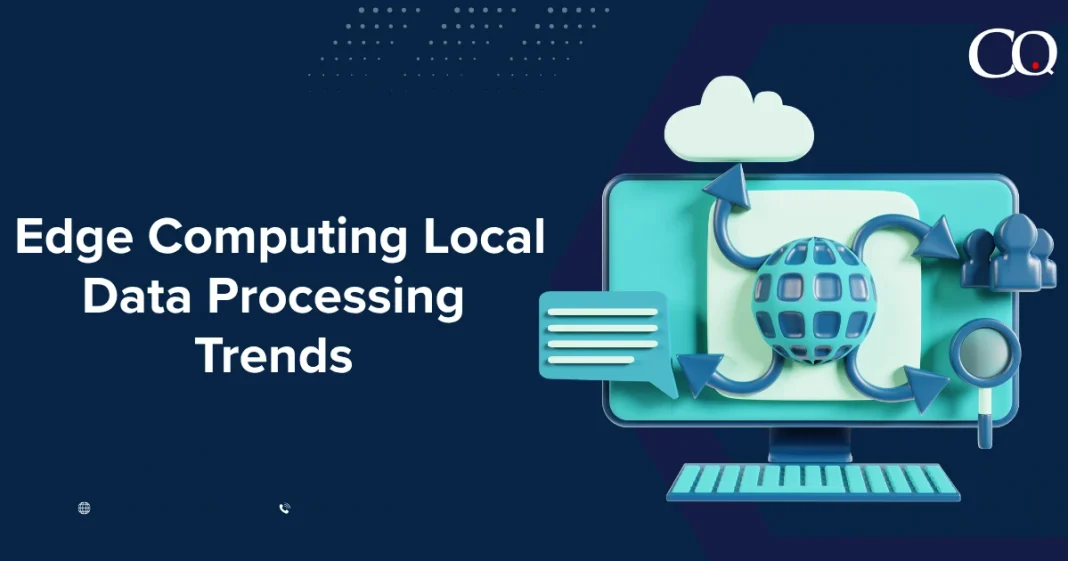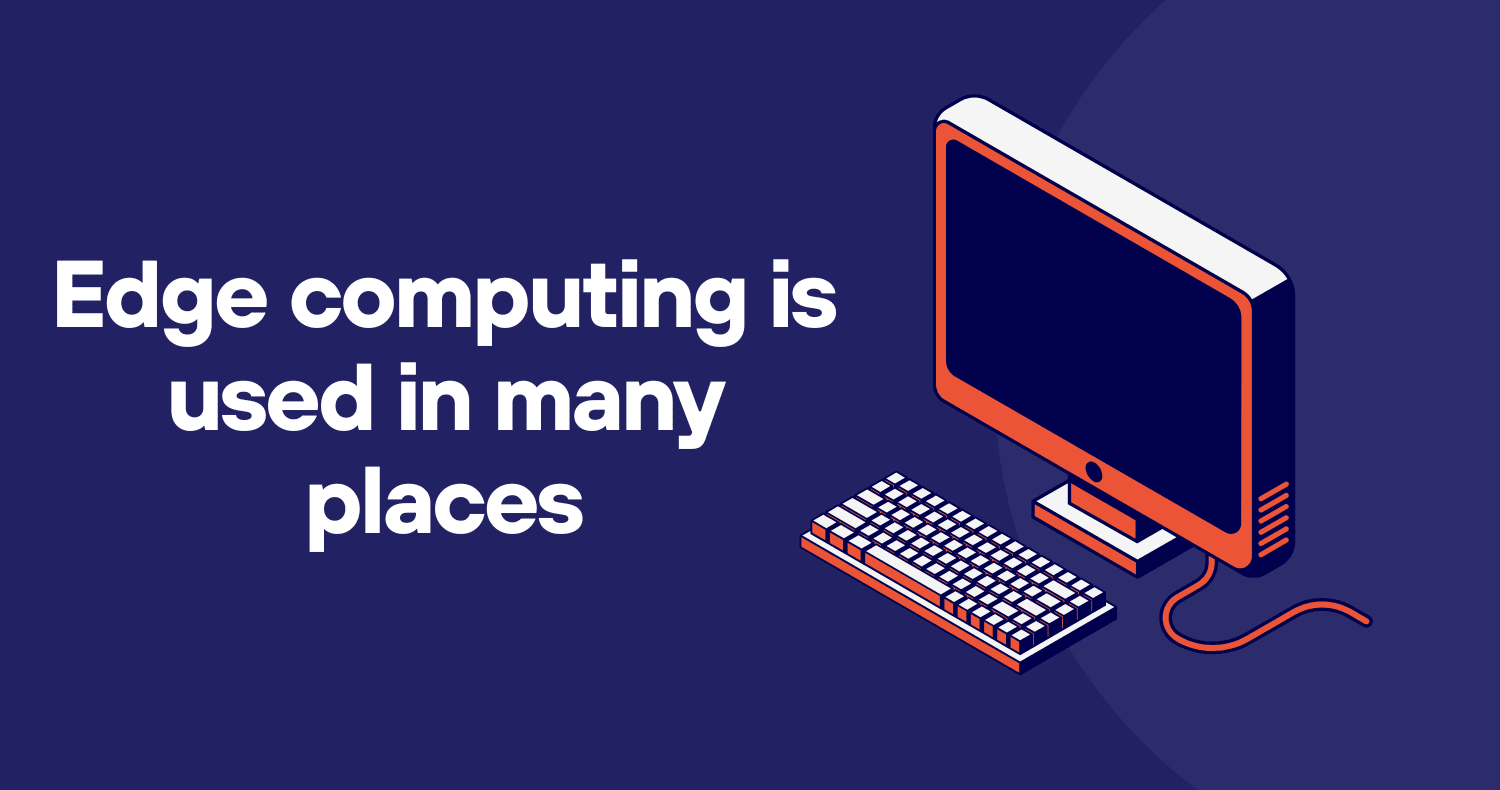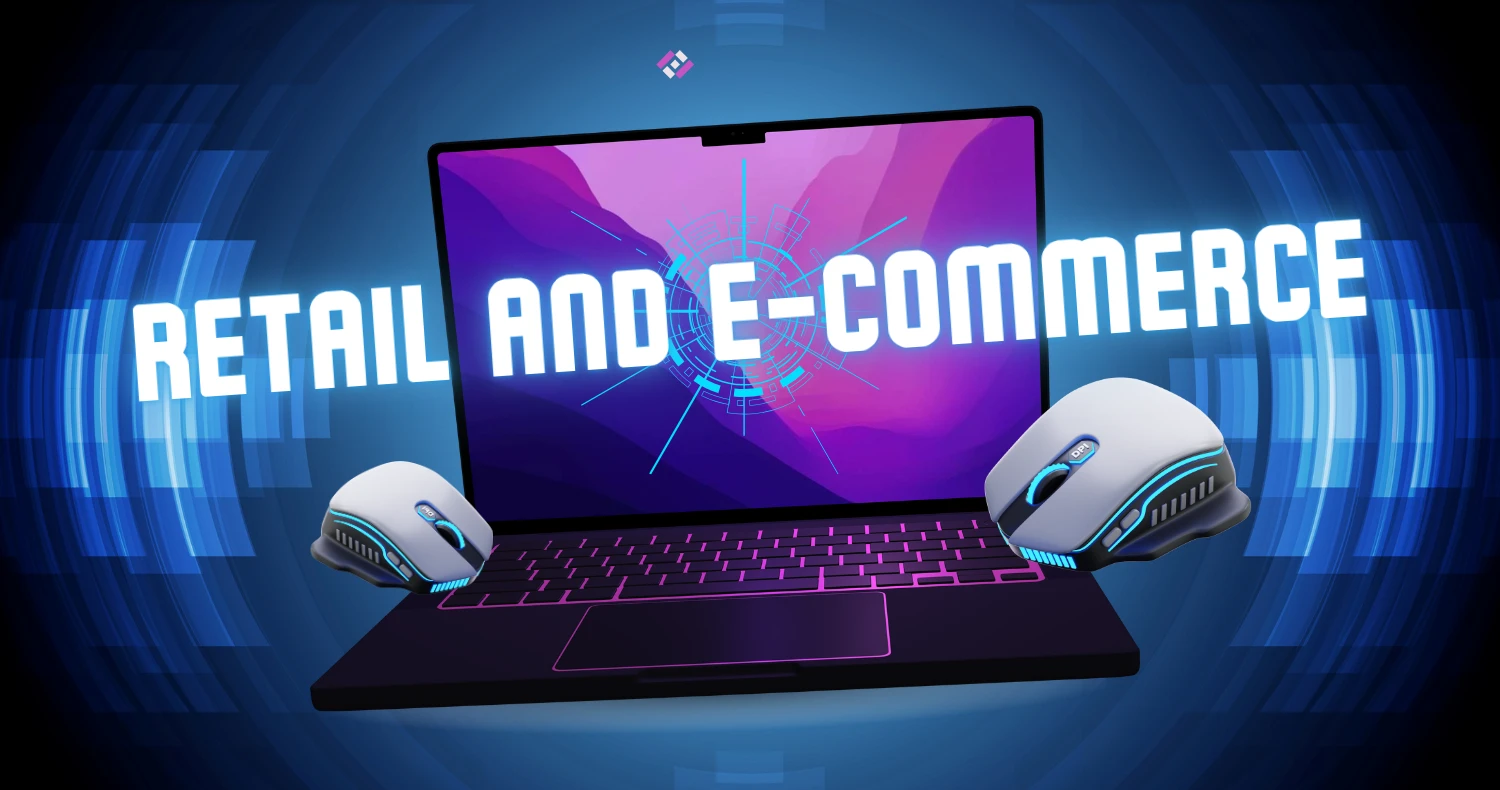We use technology in factories, vehicles, and even household appliances these days. Each of these gadgets produces a notable amount of data. This data used to be delivered to distant cloud servers for processing. But now there’s a speedier and better approach called Edge Computing. This permits data to be computing managed at the device itself, rather than being sent far away. Time is saved, and everything operates more quickly and thoughtfully as a result. This post will clarify edge computing in plain, simple terms, along with what it is, why it is helpful, and the latest developments that are making it one of the most interesting new technologies.
Why Edge Computing is Important:-
Edge computing is important because it speeds up device operations by managing data near its source. Slowdowns are lowered, internet usage is decreased, and data protection is maintained. Smart homes, hospitals, and factories can all function more efficiently with edge computing, making technology faster, safer, and more dependable for all.
Faster Performance: Edge computing speeds up device response times by processing data locally rather than sending it to the cloud. Faster results and reduced wait times are the results of this. Real-time actions and decisions are accelerated and enhanced by edge computing, whether in a smart camera or a self-driving automobile.
Saves Internet Bandwidth: Large data transfers across the internet are less necessary due to edge computing. Only critical information is transferred to the cloud since the data is processed locally. Even with slow or limited internet connections, this improves device performance, reduces network traffic, and conserves internet capacity.
Better Privacy and Security: Because edge computing works on data close to the device rather than sending it to distant cloud servers, your data is better protected. Your data is less likely to be hacked or revealed as a result. Edge computing makes for better system protection and shields your privacy by keeping essential data close to hand.
Works Without Internet: Devices can function without an internet connection thanks to edge computing. The system doesn’t always need to connect to the cloud because data processing takes place locally. In remote locations or during internet disruptions, this is useful. Important tasks can still be completed without requiring continuous internet access, thanks to edge computing.
Edge computing is used in many places:-
Healthcare: Healthcare benefits greatly from edge computing. Instead of waiting for cloud servers, it enables medical devices to process data rapidly on the spot. Physicians can make decisions and obtain findings more quickly as a result. Protecting patient data is supported by processing it close to the starting point, which is very essential.
Retail and E-commerce: With the help of edge computing, you can make online shops and businesses more efficient and quicker. It can handle payments, keep track of inventory, and instantly analyze consumer activity. Faster service, fewer mistakes, and an improved purchasing experience are all results of this. Edge computing also lessens the need for continuous internet use by processing data locally, protecting consumer information.
Smart Homes: Computing increases the speed and reliability of smart homes. When devices like lights and cameras handle data on the spot, they can work more quickly than if the data is sent far away. This makes your house react to your orders more quickly and protects your private data. It also implies your smart home will continue to function even if the internet is unavailable.
Automatic Vehicles: Edge computing allows automatic cars to make responses fast by managing details instantly inside the vehicle. Because the car can respond without delay to traffic, pedestrians, and road conditions, this is essential for safety. Also, by decreasing the demand for internet connections, it boosts driving protection and smartness.
Latest Trends in Edge Computing:
More Powerful Edge Devices: Edge gadgets are getting faster and more powerful. These gadgets can handle challenging tasks independently without the aid of the cloud, thanks to improved chips and additional memory. Even in places with weak or slow internet, stronger edge devices improve performance, cut down on waiting times, and enable technology to function properly.
Smarter Data Management: computing enables more intelligent data management by processing data locally. Not all data is transferred to the cloud; just the most important information is shared. In addition to saving internet bandwidth and reducing congestion, this allows businesses to focus on their primary strengths. More intelligent data management leads to better use of resources and faster decision-making.
Better Security Features: Security is improved because computing keeps data closer to its source. This reduces the likelihood that data will be compromised during transmission. Additionally, devices can detect threats more easily and respond to protect systems more quickly thanks to local processing. Edge computing’s enhanced security features help to protect your data’s privacy and security.
Conclusion:
Data usage and opinion actions are being modified by computing. Since numerous devices can now handle data where it is developed, it is no longer required to send it to the cloud, which can be far away. It also means that products are more trustworthy, operate more rapidly, and use less internet. The use of computing is already evident in industries. Edge computing is only going to grow in importance as technology continues to advance. It is not merely a fad; rather, it is a more intelligent, quicker, and secure method of utilizing technology in our daily lives.
Read More:-Voice Search Optimization for SEO







